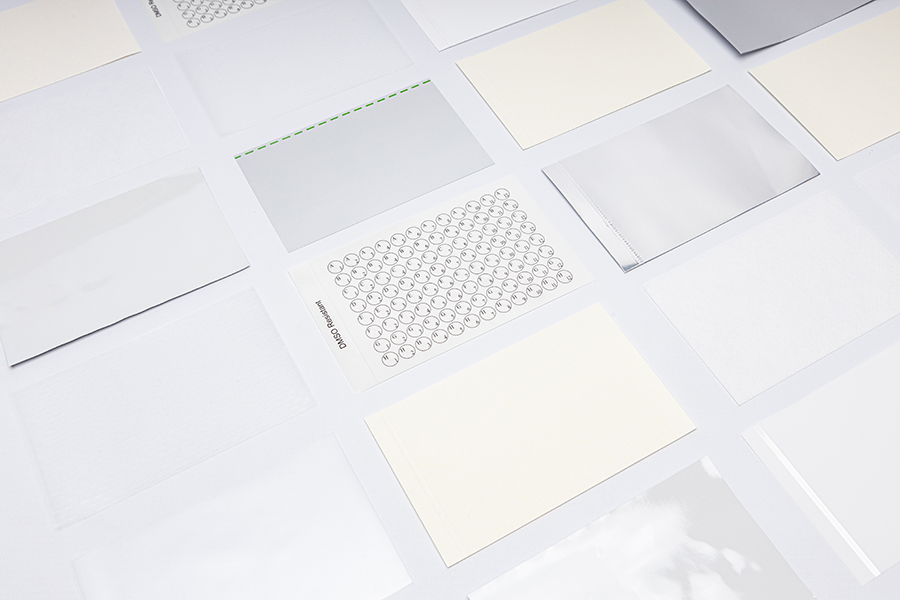Sealing Films Uses
Welcome to iST Scientific’s latest blog post, where we will be discussing the top 6 uses of microplate sealing films.
These versatile films have become an essential tool in the lab. They provide a secure seal for microplates while also protecting against evaporation and contamination.
Whether you’re working in the field of biotech, pharmaceuticals, or even food science, microplate sealing films can play a vital role in your research.
Sealing films, designed for different applications, have revolutionised laboratory workflows. Self-adhesive and heat-sealable sealing films provide reliable security while pierceable sealing films offer even more streamlined efficiency.
In this article, we will explore the Top 6 uses of microplate sealing films from PCR to sample storage and transportation. Read on to find out more!
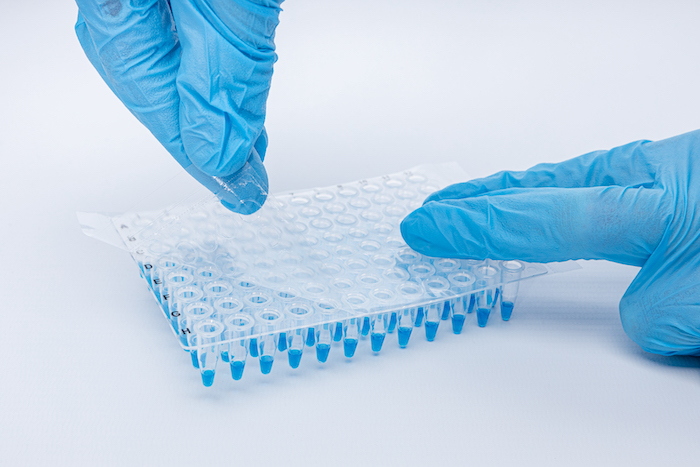
What is plate sealing film?
Plate sealing films are made of clear plastic or aluminium foil, and are specially designed for microplates used in laboratories.
The purpose of microplate sealing films is to prevent evaporation, protect microplate contents from contamination, enable storage and transport of microplates, maintain desired cell culture medium composition and provide additional safety features to microplate experiments.
Sealing films come in a variety of sizes that fit microplates for different applications, such as 96-well plates or 384-well plates. They are also used to seal other laboratory apparatuses.
Plate-sealing films are available in both transparent and non-transparent materials. Read more about the different types of plate-sealing films in our blog post.
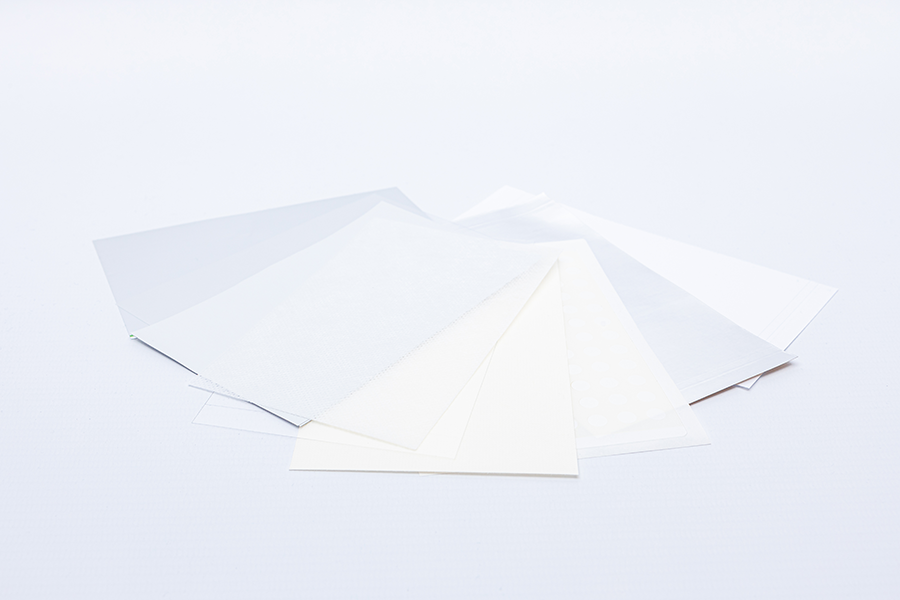
Top 6 Uses of Microplate Sealing Films
High-quality microplate sealing films are a laboratory must-have. From securely sealing microplates for shipping and storage to keeping experiment variables consistent, there are countless uses for the unique properties of microplate sealing films in many different industries and settings.
We’ll be taking a closer look at the top 6 uses of microplate sealing films – to help you make more informed decisions and find the best plate-sealing film for your application when it’s time to purchase this versatile solution.
1. PCR and qPCR
PCR (polymerase chain reaction) is a powerful technique used to amplify and detect the presence of nucleic acid material, such as DNA or RNA. To perform PCR effectively, samples must be prepared in small tubes or 96-well plates using thermocycling for replication with enzymes – which requires cycling between temperatures up to 100°C down to 60°C.
Microplate sealing film is essential when running PCR and qPCR as sealing plates help to create more reproducible and repeatable results and improves workflow by:
- Preventing evaporation during thermocycling.
- Preventing contamination by RNases and DNases or other inhibitors during plate handling as well as preventing contamination between wells.
Foil microplate sealing films have additional benefits such as helping protect samples from light, withstanding high temperatures, and being suitable for ultralow storage.
You can also use pierceable seals (available in foil and plastic) that allow additional substances to be added mid-reaction without any disruption.
Our sealing films protect your samples and eliminate evaporation through thermal cycling and storage. Being of high quality, as well as DNase & RNase-free and optically clear, you can rest assured that our sealing films are suitable for your PCR applications.
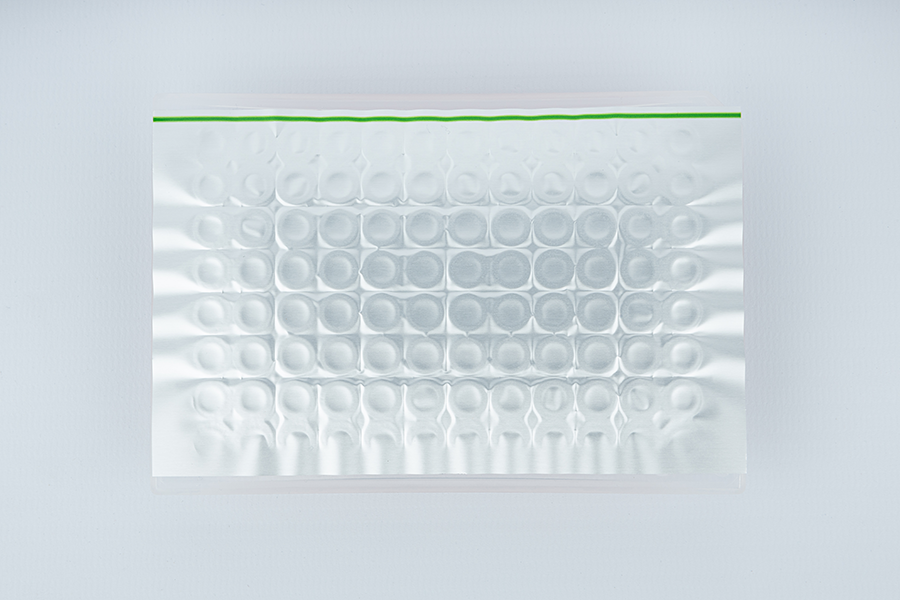
2. ELISA
Microplate sealing films are incredibly important and helpful when running ELISA assays as well as used for other incubation and general microplate storage needs.
ELISA (enzyme-linked immunosorbent assay) assays are a plate-based technique designed for detecting and quantifying soluble substances such as peptides, proteins, antibodies, and hormones. In an ELISA, the antigen (target macromolecule) is immobilised on a solid surface (microplate) and detection is accomplished by measuring the activity of a reporter enzyme bound to the target via incubation with the appropriate substrate to produce a measurable product.
An ELISA is a highly specific antibody-antigen interaction and it’s important to minimise the potential for error when running an ELISA. Microplate sealing films can help by:
- Preventing microplate contents from drying out during incubation and storage steps.
- Preventing contamination and preventing dust and dirt from falling into the plates.
- Sealing the plate also helps prevent spills and unintentional well-to-well contamination.
Our microplate sealing films can help streamline your ELISA workflow and help improve the reproducibility and repeatability of ELISA assays.
3. Sample Incubation
Many general lab storage and incubation steps can benefit from microplate sealing films.
Sealing films are perfect for preventing sample evaporation and contamination during incubation steps. They also prevent dust from falling into your samples. For light-sensitive assays, you can use foil-sealing films to protect your samples from photodegradation. For sensitive microbiological assays, we supply RNase/DNase-free sealing films.
Ensure that your samples are well cared for. Have a look at our range of sealing films and equipment for applying sealing films to ensure the perfect seal every time.
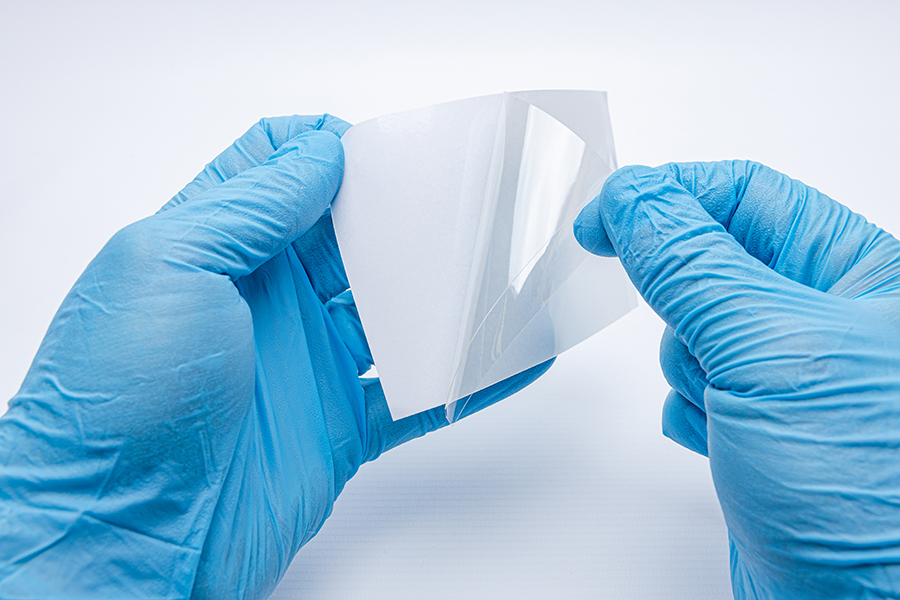
4. Cell and Tissue Culture
Cells grown in microplates are typically maintained at a controlled temperature, humidity, and other environmental conditions.
Microplate sealing film is ideal for cell culture applications as it allows gases such as oxygen and carbon dioxide to pass through while preventing particulate matter and contaminants from entering the microplate.
Our cell culture sealing films are optimised for cell and tissue culture applications. They are able to provide a uniformed gas exchange across the whole plate, providing the right oxygen and moisture permeation through the seal whilst keeping each sample separate.

5. Cold and Long-Term Storage
Microplate sealing films are ideal for cold and long-term microplate storage due to their ability to protect microplate contents from environmental factors, prevent evaporation, and provide additional safety features.
With temperatures reaching as low as liquid nitrogen levels, sealing films need to endure extreme conditions without sacrificing performance. At temperatures below -80°C, when most materials would become brittle and non-functional, adhesives must still be strong enough to maintain their integrity. It is critical they are able to function in extreme cold while also staying resilient at room temperature or above.
Our sealing films provide superior resilience against the toughest chemicals, offering full seal integrity as temperatures vary from an incredible -200°C to 120°C. With the additional assurance of RNase and DNase-free protection, our microplate sealing films ensure maximum sample preservation.
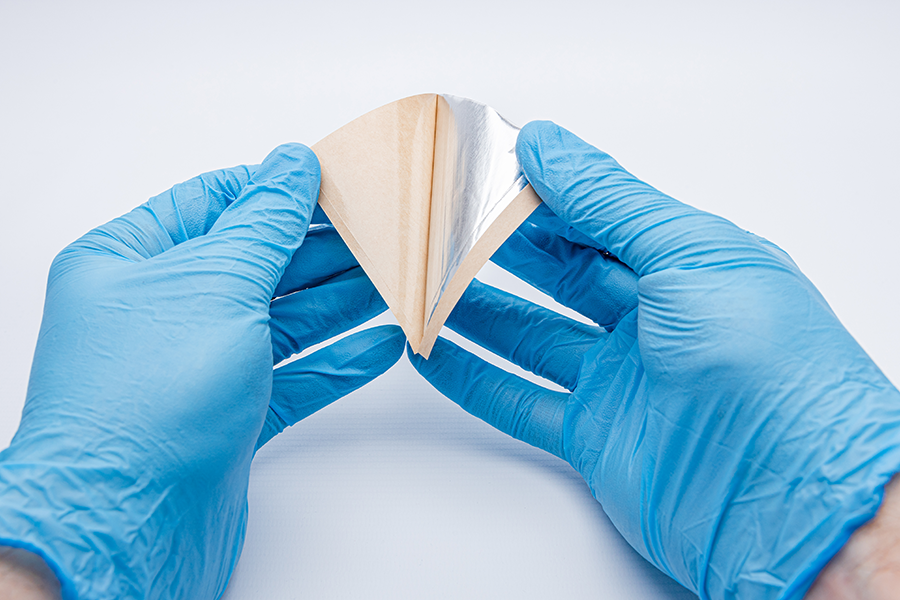
6. Chemical Assays
Chemical solvent-resistant plate sealing films are designed to be used with solvents or aggressive chemicals used in experiments such as chemical assays. Solvents such as Dimethyl Sulfoxide (DMSO) are notorious for their ability to dissolve plastics, hence having solvent-resistant properties is a huge advantage for improving workflow.
Sealing films protect samples from dirt and cross-contamination, and restrict the evaporation of solvents during heating.
Our pierceable seals provide an adhesive-free area inside the well area to reduce the risk of contamination ideal for sample access. In addition, iST Scientific supplies sealing films that protect samples by absorbing light in fluorescence assays and others that reflect light for luminescence assays.
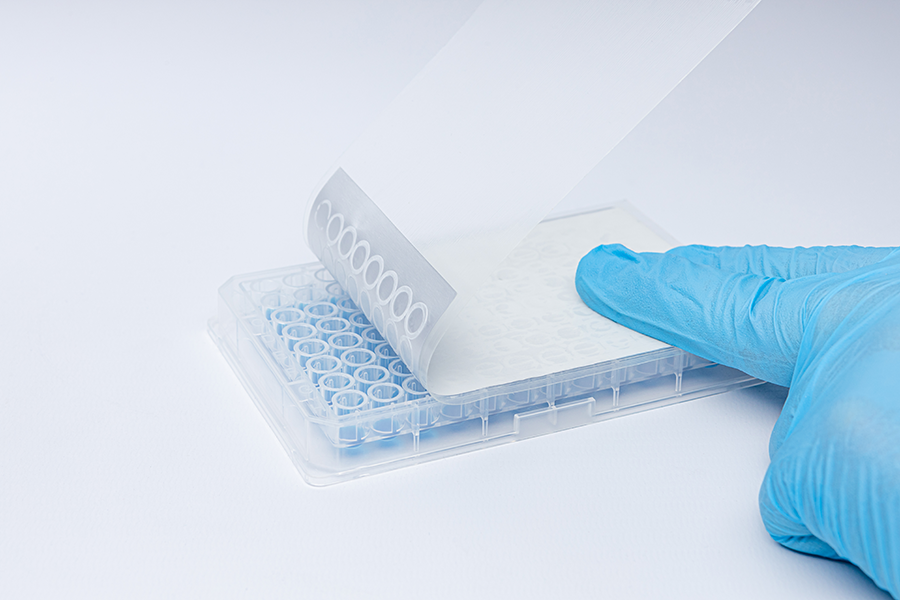
Extra Benefits of Microplate Sealing Films
In addition to the top 6 uses of microplate sealing films, there are a number of extra benefits that make them an ideal choice for many laboratory applications such as:
- Ensures sample integrity: Microplate sealing films protect microplates against contamination, evaporation, and environmental factors while allowing the user easy visualisation of microplate contents when needed.
- Streamlines workflows: Sealing films are compatible with autosamplers (with adhesive-free pierceable areas above wells) to streamline workflows.
- Reduces variability between runs: Sealing microplates also helps to reduce variability between batches as the microplate environment remains consistent throughout each run of experiments.
- Improves experiment accuracy: Sealed microplates reduce dead volumes in microplate readers, helping researchers achieve higher-accuracy results in their experiments with minimal effort.
- Cost-effective: By preserving the microenvironment for longer periods, sealed microplates can help increase productivity and save time, money, and resources compared to unsealed microplates.
As such, microplate sealing film is an important tool for any laboratory performing microplate experiments.
Find out about the Different Types of Plate Sealing Films on our blog.
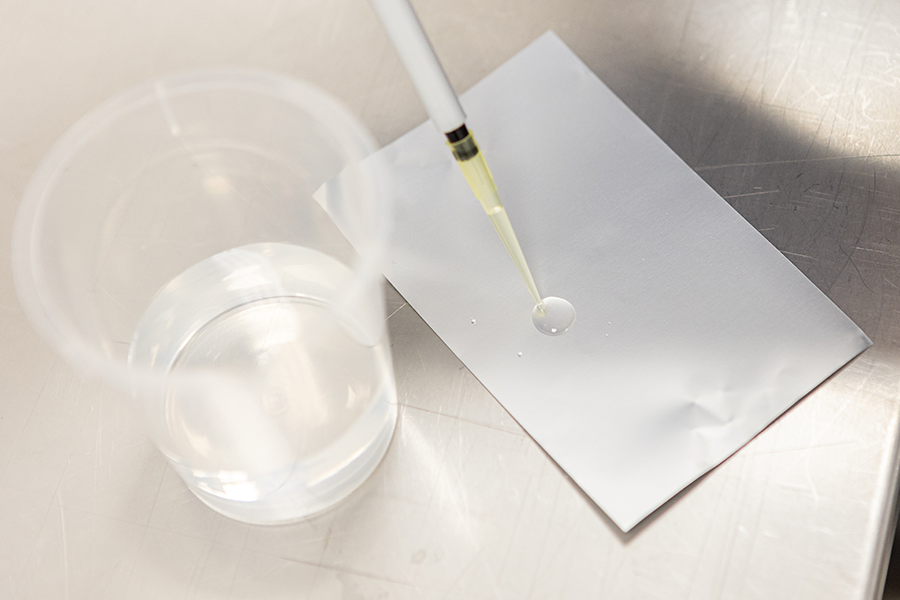
Get Expert Help Choosing The Top Plate Sealing Film For Your Application Needs
Finding the right microplate sealing film to meet your application needs can be tricky. It’s important to find sealing films that ensure a secure seal, provides uniformed results and is cost-effective. Luckily, our experts are ready to help.
At iST Scientific, our team of professionals have expertise in microplate sealing films and related materials used in laboratory research applications.
We understand the unique needs of each application and can provide tailored solutions for specific sample types or protocols. We take into consideration factors such as reversibility, temperature stability, optical clarity and adhesive strength when recommending individual microplate sealing films for use in laboratory workflows.
At iST Scientific, we carry a wide selection of plate-sealing films in various forms to meet your needs. Our products include heat-sealable and self-adhesive plate sealing films as well as solvent-resistant and foil plate sealing films.
Explore our expansive selection available to find the perfect solution for your laboratory requirements.

